As people age, it becomes increasingly common to experience difficulty focusing on close-up objects. This natural change in vision, known as presbyopia, typically begins in the early to mid-40s and continues to progress over time. A simple and effective way to address this challenge is by using reading glasses, but choosing the correct strength can be confusing for first-time users. That’s where a reading glasses strength chart becomes invaluable. This chart is a practical tool that helps individuals identify the appropriate magnification for their reading needs. It removes the guesswork from buying reading glasses and ensures that users experience greater clarity and comfort when engaging in close-up tasks.
What Is a Reading Glasses Strength Chart?
A reading glasses strength chart is a standardized visual aid that allows individuals to determine the lens power they need for clear near vision. The chart usually features lines of text in gradually decreasing font sizes, with each line labeled by a corresponding diopter value, such as +1.00, +1.50, +2.00, and so on. Diopters are units used to measure the focusing power of lenses. When someone holds the chart at a standard reading distance—typically 14 to 16 inches from their eyes they can determine the smallest line they can read clearly. The diopter value next to that line indicates the recommended lens strength. This makes the reading glasses strength chart an essential first step for those shopping for non-prescription reading glasses, particularly online or in retail stores where trying on multiple pairs may not be feasible. It is not meant to replace a professional eye exam but serves as a quick and user-friendly way to assess near vision strength.
How the Reading Glasses Strength Chart Works
The effectiveness of a reading glasses strength chart lies in its simplicity. Users follow a few basic instructions: position the chart at the suggested distance, ensure good lighting, and read through the lines of text starting from the largest down to the smallest. The goal is to find the smallest font size that can be read comfortably without straining or squinting. Once identified, the corresponding diopter value gives a strong indication of what lens strength the user needs. This method works well for people with mild to moderate presbyopia and is particularly helpful for those experiencing eye strain, difficulty reading small print, or the need to hold reading material farther away to see it clearly. Digital versions of the reading glasses strength chart are also available, allowing users to test their vision directly from their smartphones or computers. These digital tools often include screen calibration options to account for display size and resolution, enhancing their accuracy when used correctly.
Who Should Use a Reading Glasses Strength Chart?
The reading glasses strength chart is designed for adults who are beginning to notice changes in their near vision, often caused by aging. It is especially useful for individuals who do not wear prescription glasses for distance vision and simply need assistance with reading or close-up work. People who frequently engage in activities like reading, writing, sewing, or using digital devices may find the chart beneficial in helping them choose the correct magnification for these tasks. It is also ideal for individuals buying reading glasses for the first time, as it provides a reliable guide to start with. Those who already use reading glasses can periodically retest their vision using the chart to determine whether their current lens strength is still suitable. If the print on menus, books, or screens becomes blurry or if users begin to experience headaches or eye fatigue, rechecking vision strength using the chart can indicate whether it’s time for an upgrade.
Limitations and Best Practices
While the reading glasses strength chart is a helpful tool, it is important to understand its limitations. It does not provide a comprehensive eye exam and cannot detect serious eye conditions such as cataracts, glaucoma, or macular degeneration. It also assumes that both eyes require the same correction, which may not be the case for everyone. If a user notices significant differences in clarity between their eyes or experiences ongoing discomfort, it is crucial to schedule an exam with an optometrist. For the most accurate results, the chart should be printed at 100% scale or used on a screen that has been properly calibrated. The lighting in the room should be bright but not glaring, and the user should avoid leaning too close or squinting while performing the test. Each eye should be tested individually first, followed by a test using both eyes together. Taking a relaxed and unrushed approach ensures a more accurate determination of the right reading glasses strength.
Understanding Diopters and Lens Strength
Diopters represent the degree of magnification provided by a lens. Reading glasses generally range from +0.25 to +4.00 diopters, increasing in increments of 0.25. A lower number, such as +1.00, provides mild magnification and is often suitable for early presbyopia, while higher numbers like +2.75 or +3.00 are better suited for individuals with more advanced difficulty focusing on close-up objects. The reading glasses strength chart offers a way to translate blurry text into a clear understanding of which diopter strength works best. This not only enhances reading comfort but also reduces eye strain and related symptoms such as headaches and blurred vision. While some people may be tempted to opt for stronger glasses thinking they will offer clearer vision, overcorrecting can lead to discomfort, so it’s best to stick to the strength indicated by the chart.
When to Retest Your Vision
Vision changes gradually over time, so it’s wise to use the reading glasses strength chart at regular intervals, particularly if you notice that your current glasses no longer provide the clarity they once did. A good rule of thumb is to retest your vision every six to twelve months or whenever symptoms like increased blurriness, frequent squinting, or eye fatigue begin to occur. Environmental factors such as prolonged screen use, poor lighting, or changes in health can also influence your vision, making regular self-checks with the chart a smart part of your personal eye care routine. If significant changes are observed or if the chart results vary noticeably between tests, a professional eye exam should be scheduled to rule out other underlying issues.
FAQs
What is a reading glasses strength chart used for?
A reading glasses strength chart helps individuals estimate the correct magnification needed for reading and other close-up tasks. By reading lines of text at a standard distance, users can identify the lens strength that provides the clearest vision.
Is the reading glasses strength chart accurate?
The chart provides a reasonably accurate estimate for most users, especially those with equal vision in both eyes and no underlying eye conditions. However, it is not a replacement for a comprehensive eye exam.
Can I use the chart on my phone or computer?
Yes, many digital versions of the chart are designed for screens. Be sure to follow calibration instructions and use the correct distance to ensure accurate results.
How often should I use the reading glasses strength chart?
It's recommended to use the chart once or twice a year, or whenever you notice changes in your near vision. Regular testing helps keep your reading glasses up to date.
Can the chart help if I have different vision in each eye?
The chart assumes both eyes have the same needs, so if you suspect a difference, you should test each eye individually. Significant variation in results is a sign that a professional eye exam may be necessary.
Conclusion
The reading glasses strength chart is a practical and easy-to-use tool that simplifies the process of choosing the right magnification for reading glasses. It empowers individuals to take control of their vision by offering a clear method to identify the lens strength that best suits their needs. While it doesn't replace the expertise of an eye care professional, it serves as a helpful first step in selecting reading glasses, especially for those experiencing early symptoms of presbyopia. For those looking for quality, style, and functionality in their eyewear, EFE Glasses provides a range of reading glasses that combine comfort and clarity to meet your everyday needs.
Author Bio:
Jordan Kim is an optical care writer and eyewear specialist with in-depth knowledge of reading glasses and digital vision tools EFE Glasses. Jordan’s work helps guide readers through smart, confident eyewear decisions. Visit the website to learn more about choosing the right glasses for your lifestyle.



